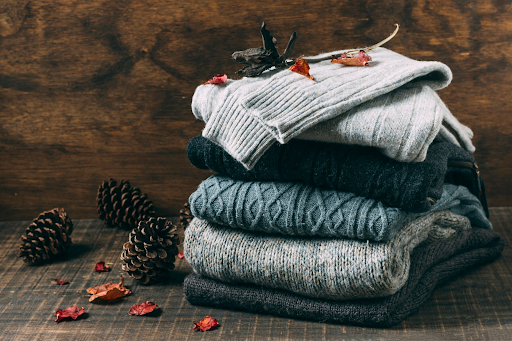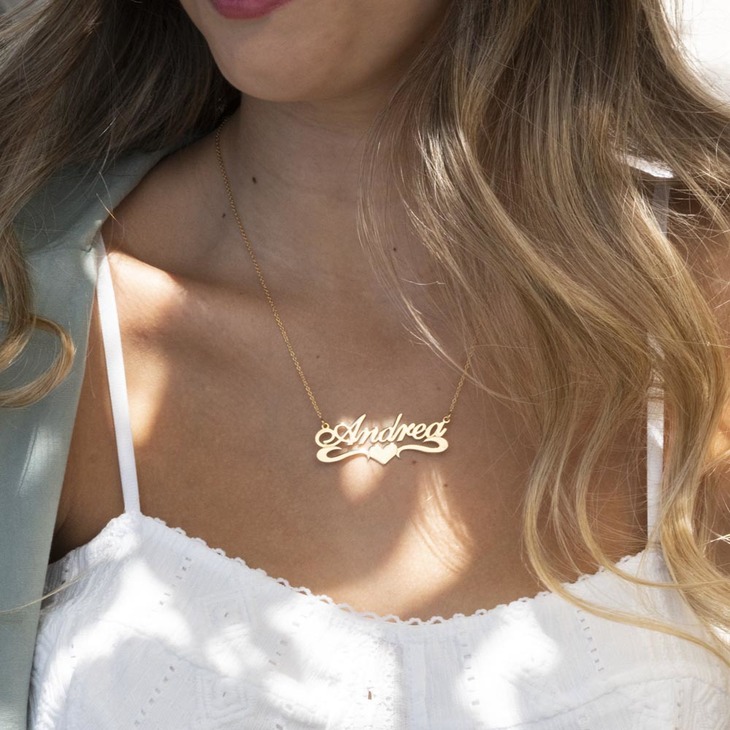Winter Clothes Storage Ideas: 11 Best Practices for a Clutter-Free Home
As the curtain falls on winter, bulky winter clothes become the unseen adversary in our homes. Proper storage is not just a matter of space; it’s about keeping garments in pristine condition for their next encore. Here are 11 stellar practices for winter clothes storage, ensuring your home stays clutter-free. Whether you dwell in a quaint cottage or a grand manor, these ideas will serve you well.
Key Takeaways
- Maximize space with vacuum-sealed bags.
- Utilize under-bed storage solutions.
- Maintain garment quality with proper storage techniques.
- Embrace innovative methods to declutter your home.
- Protect your clothes from pests and moisture.
- Keep your winter wardrobe organized and within arm’s reach.
1. Vacuum-Sealed Bags
Vacuum-sealed bags, much like a cleverly concealed plot twist, are transformative for storing bulky winter items like coats and Xtclothes sweaters. They compress your clothes into neat, manageable sizes, saving you significant space and keeping dust and pests at bay. Invest in high-quality vacuum-sealed bags for durability. Just ensure you’re not vacuuming the family pet into storage too—unless you want them extra flat and lint-free.
Reusable and eco-friendly, these bags are a must-have. Remove all the air before sealing to ensure maximum compression—trust me, it’s more satisfying than a perfectly brewed cup of tea.
2. Under-Bed Storage Solutions
The space under your bed, often neglected, holds potential akin to a hidden treasure in a mystery novel. Under-bed storage bins or bags are perfect for stashing cotton fabric clothes out of sight but within easy reach.
Ensure the containers are airtight to fend off dust. Clear or labeled bins make identifying contents a breeze—no need to crawl under like an old detective looking for clues. Ideal for small spaces, this method maximizes your storage potential, making you feel like a master of space-saving sorcery.
3. Closet Organization Systems
A closet organization system is the Hercule Poirot of storage solutions—methodical, efficient, and oh-so-satisfying. Use multi-tiered hangers for heavy coats, and install shelves or cubbies for folded items. Clear storage boxes with labels prevent you from turning your closet into a scene from a chaotic whodunit.
Adjustable shelving can adapt to your changing needs, making it as flexible as your plot twists. Add hooks or over-the-door organizers for accessories like scarves and hats, and consider a color-coded system for easy item location—because who doesn’t love a touch of organized elegance?
4. Cedar Blocks and Mothballs
Pests beware! Cedar blocks and mothballs are the guardians of your winter wardrobe, much like a faithful sidekick. Cedar naturally repels moths and other insects, while adding a pleasant scent to your clothes.
Place these in storage containers or hang them in your closet. Cedar blocks also absorb moisture, preventing mold and mildew. Mothballs, though effective, should be used with caution due to their potent odor and potential toxicity—think of them as the anti-hero of storage solutions. Regularly replace these pest repellents to maintain their effectiveness.
5. Vacuum Storage Boxes
Vacuum storage boxes combine the best of both worlds: the space-saving power of vacuum-sealed bags with the structure of a sturdy box. Ideal for stacking, they fit neatly in closets or attics.
Choose transparent boxes to easily identify contents—no need for guesswork like a detective. These boxes add a layer of protection against physical damage, keeping your clothes in pristine condition.
Perfect for off-season storage, they ensure your garments remain fresh and ready for use. Opt for sturdy boxes that can withstand the weight of stacking—no one wants a storage landslide!
6. Use Suitcases for Seasonal Storage
Empty suitcases can double as storage for winter clothes, much like an unexpected plot device. Designed to be durable and protective, they keep garments safe from damage.
Store suitcases in the attic, basement, or under your bed—out of sight but never out of mind. This method utilizes space efficiently while keeping clothes accessible. Suitcases often come with compartments, perfect for organizing different types of clothing. Just ensure they’re clean and dry before use—unless you’re into that musty, forgotten relic vibe.
7. Garment Bags for Coats
High-quality coats and jackets deserve the red-carpet treatment. Garment bags protect these prized pieces from dust and damage while allowing them to hang properly, maintaining their shape.
Choose breathable fabric garment bags to prevent moisture buildup—your coats will thank you. Ideal for long-term storage, they preserve the quality of your garments. Add a small sachet of lavender or cedar inside the bag for added protection and a fresh scent—because even your clothes deserve a touch of luxury.
Garment bags are also perfect for travel, keeping your coats wrinkle-free and ready for their next adventure.
8. Overhead Storage
Overhead storage spaces, often overlooked, are the unsung heroes of home organization. Install sturdy shelves or racks to store bins filled with winter clothing. This method keeps items out of everyday reach but accessible when needed, maximizing vertical space. Ensure shelves are securely installed to handle the weight of storage bins—nobody wants a surprise avalanche of wool.
Use clear bins with labels for easy identification, making your storage as transparent as your motives in a good mystery. Perfect for small homes, overhead storage keeps your living space clutter-free and your secrets well hidden.
9. Drawer Dividers
Drawer dividers are the sleuths of storage, keeping smaller winter items like scarves, gloves, and hats neatly organized. Adjustable to fit different item sizes, they prevent chaos and ensure easy access. These dividers keep items from shifting and becoming disorganized, maintaining order in your drawers.
Consider using dividers in other storage areas, such as bins or shelves, for consistent organization throughout your home. With drawer dividers, you’ll find everything in its place, making mornings a breeze rather than a frantic search for that elusive glove.
10. Shelving Units
Freestanding shelving units provide additional storage space for winter clothes, standing ready like a reliable ally. Place these units in a basement or storage room and use bins or baskets to keep items organized.
Adjustable shelves accommodate various sizes of storage containers, making them versatile and adaptable. Shelving units are perfect for other storage needs when not needed for winter clothes—think of them as the Swiss army knife of storage solutions.
Choose durable, sturdy shelves to handle the weight of heavy winter garments, and add labels to bins for easy identification.
11. Labeled Storage Bins
Labeling storage bins is a simple yet effective strategy for maintaining order, much like a meticulous detective’s notes. Clearly marked bins allow you to quickly locate specific items without the need for a full-scale investigation.
Use a consistent labeling system for all your storage areas to avoid confusion. Labels can be color-coded or detailed with the contents inside—think of it as your personal storage code. Invest in high-quality, durable bins to protect your clothes from damage. Clear bins are particularly useful as they allow you to see the contents at a glance—no need for any sleuthing here.
Conclusion
Storing winter clothes efficiently can free up space in your home and keep your wardrobe in top condition. By implementing these 11 best practices, you’ll enjoy a clutter-free environment and well-preserved garments ready for the next winter season. With these tips, you can maximize your storage space and keep your home organized throughout the year.
Whether you have a small apartment or a spacious house, these ideas will work for any living situation. Take the time to store your winter clothes properly and enjoy a more organized, clutter-free home, leaving you free to indulge in life’s other mysteries and adventures.






